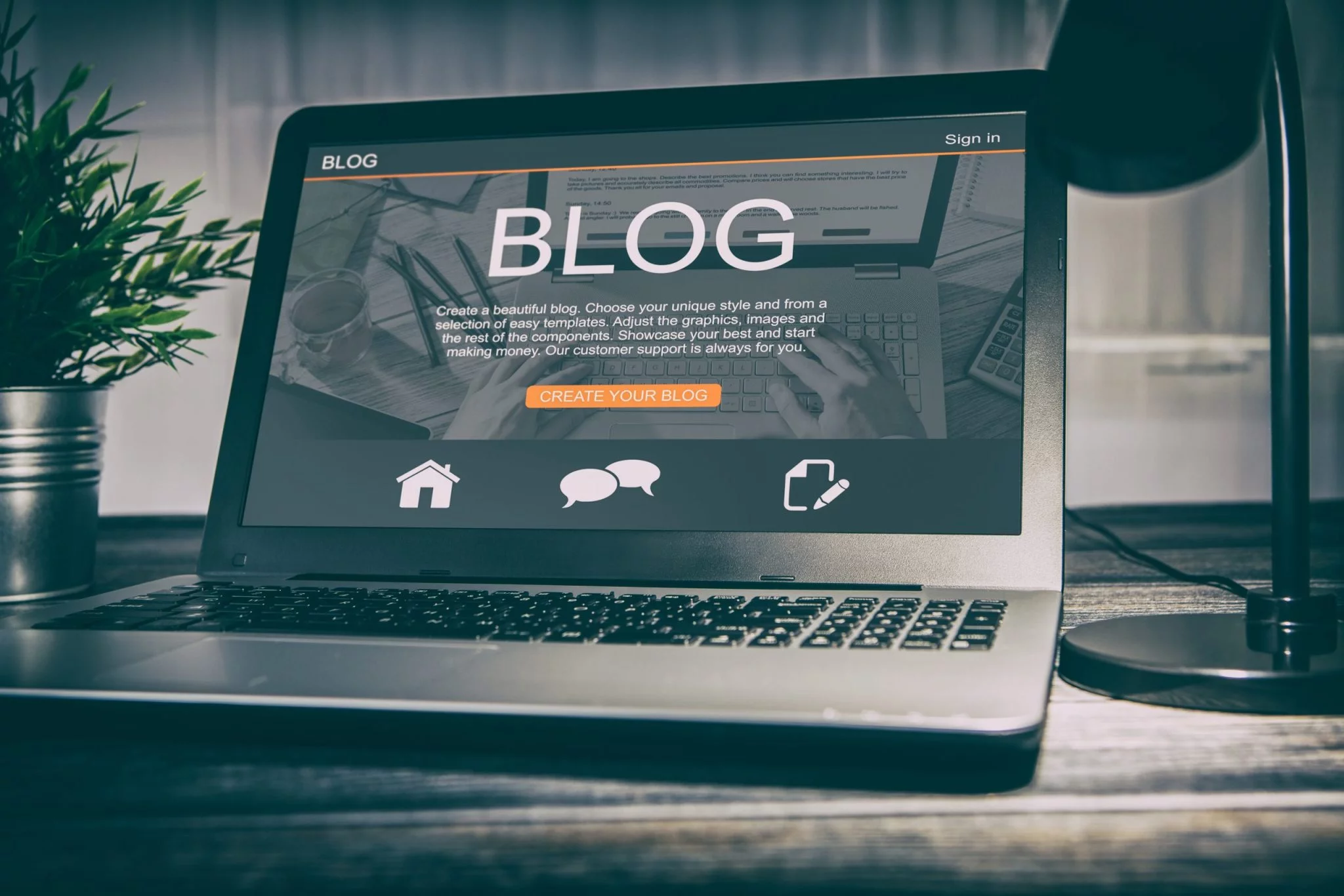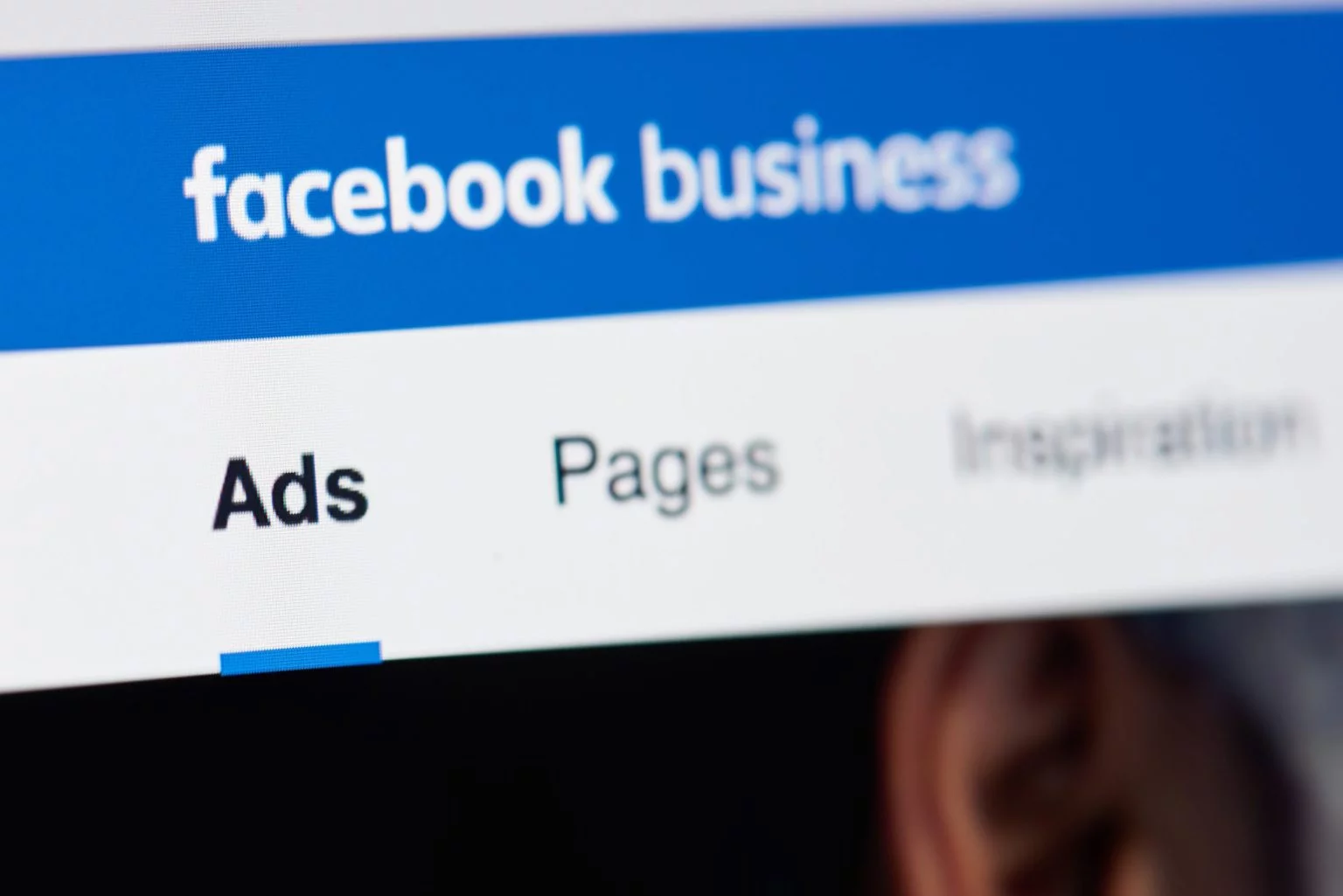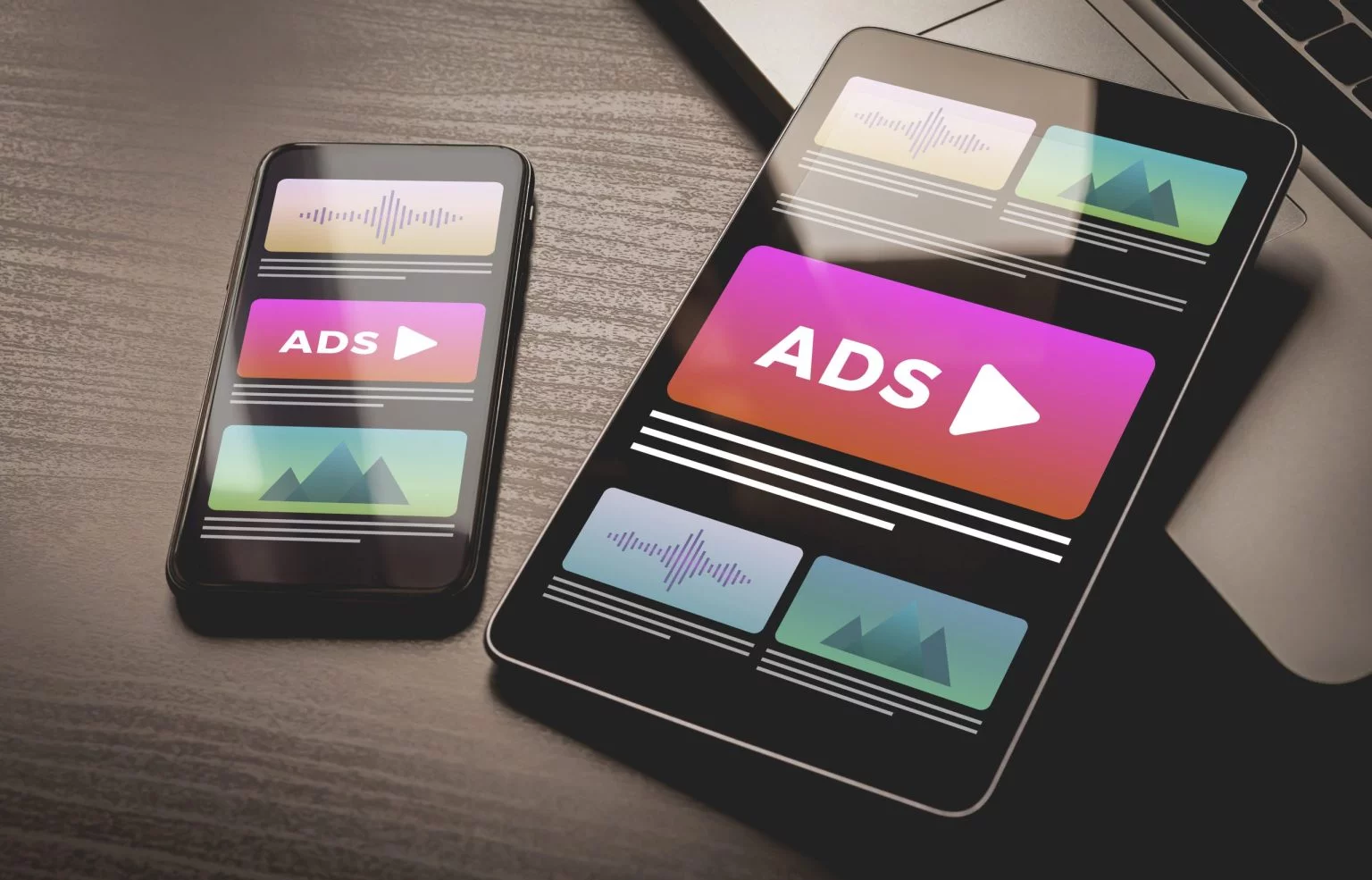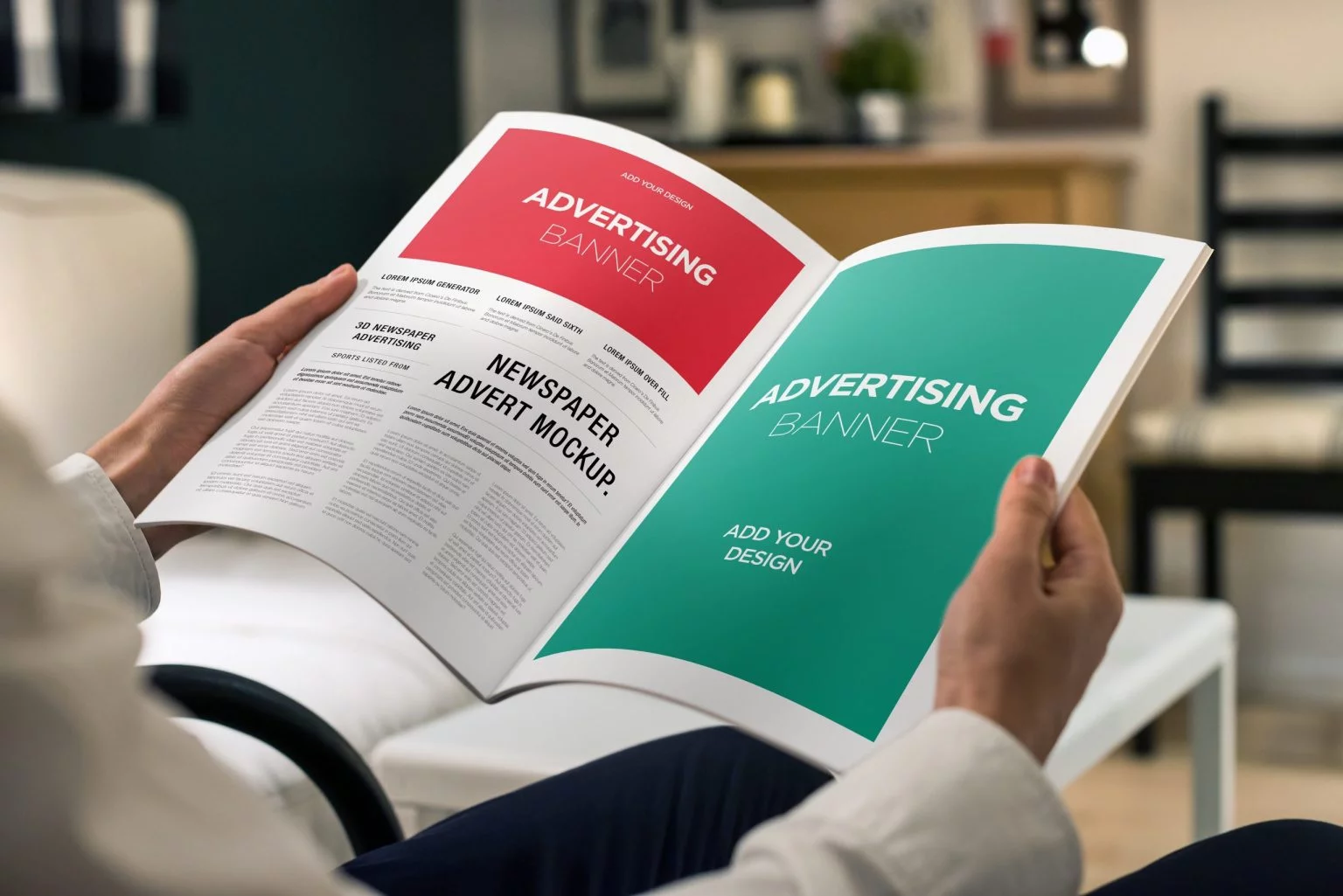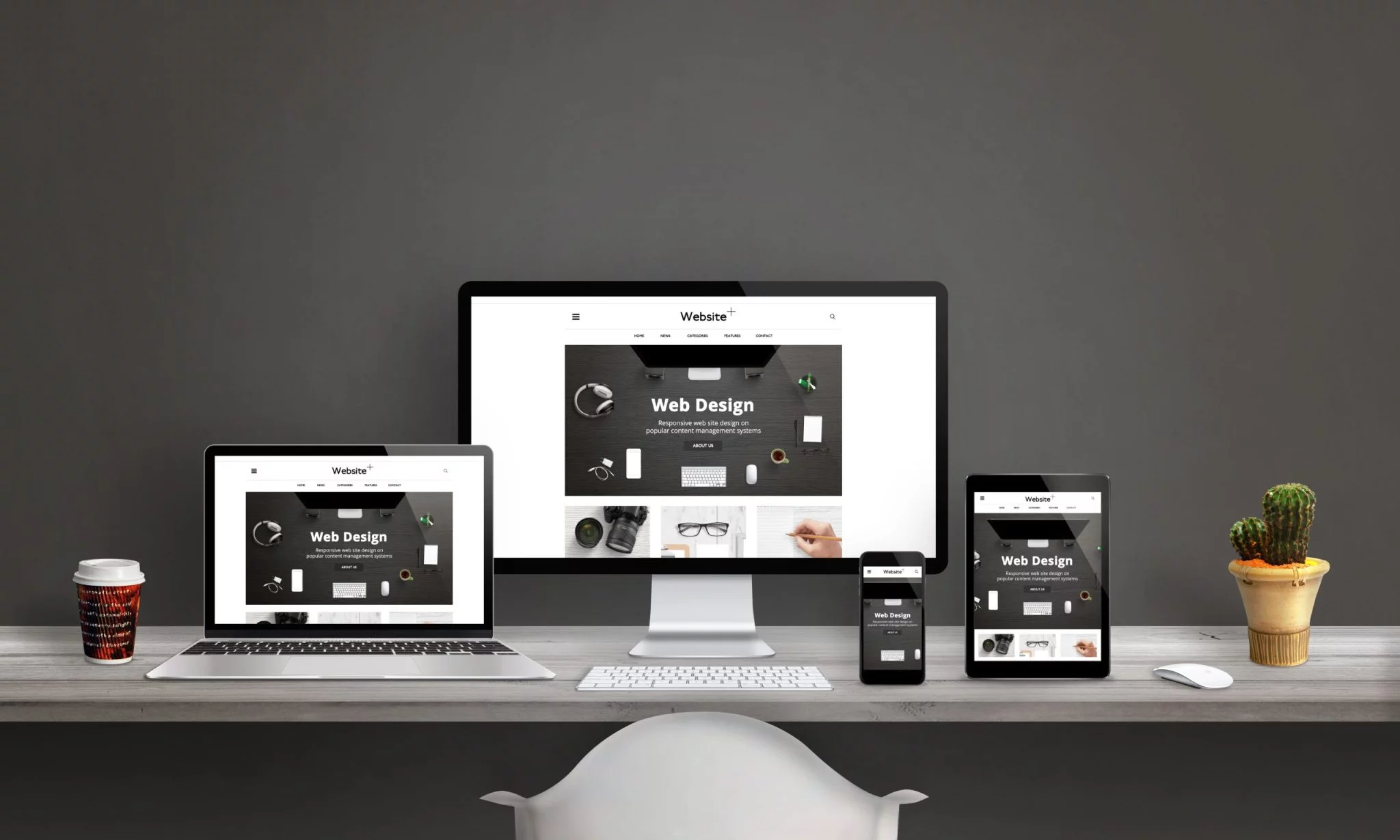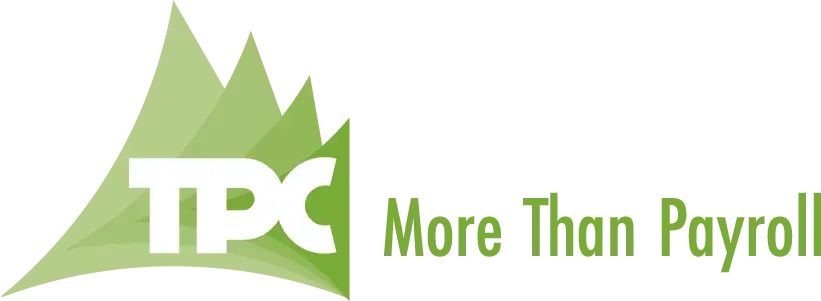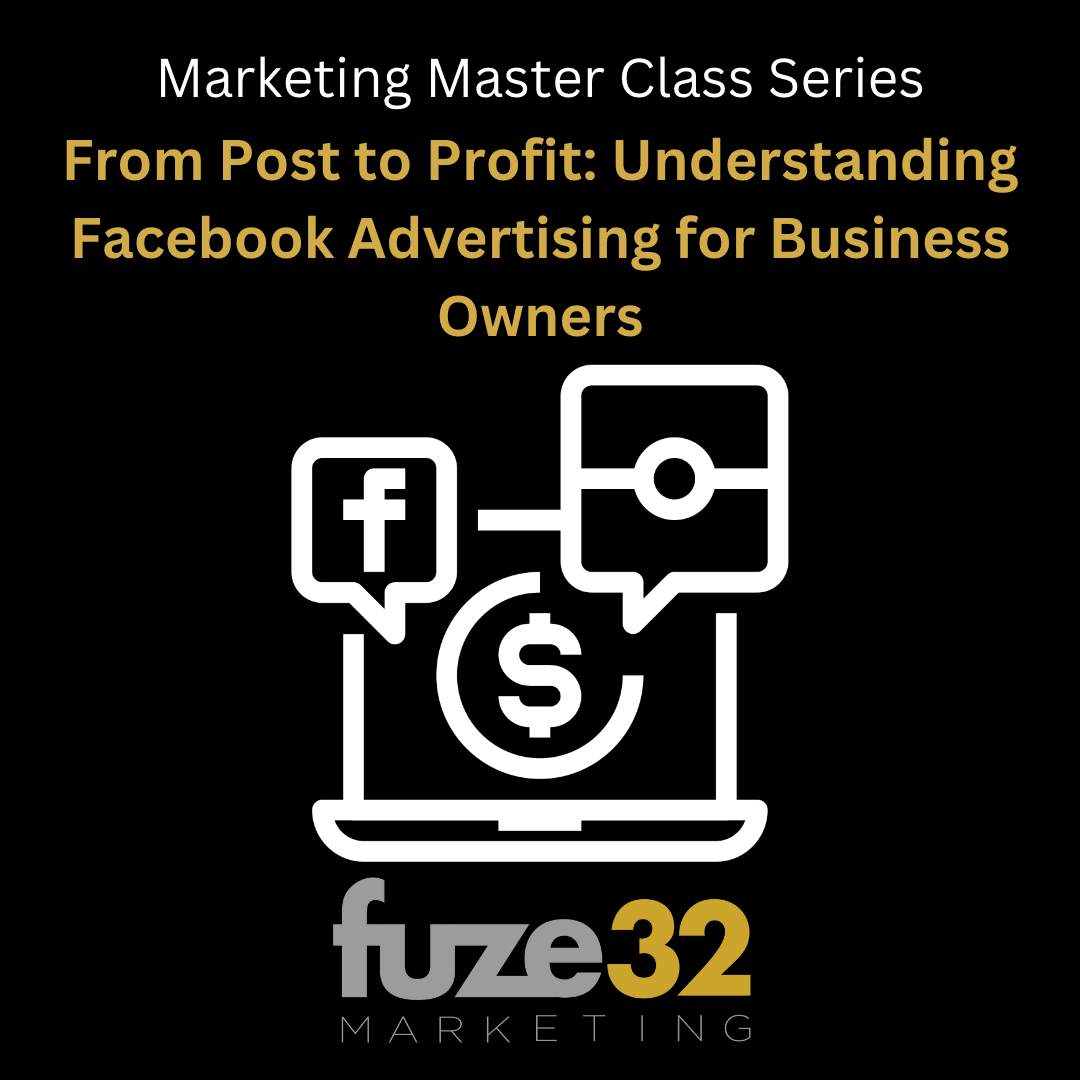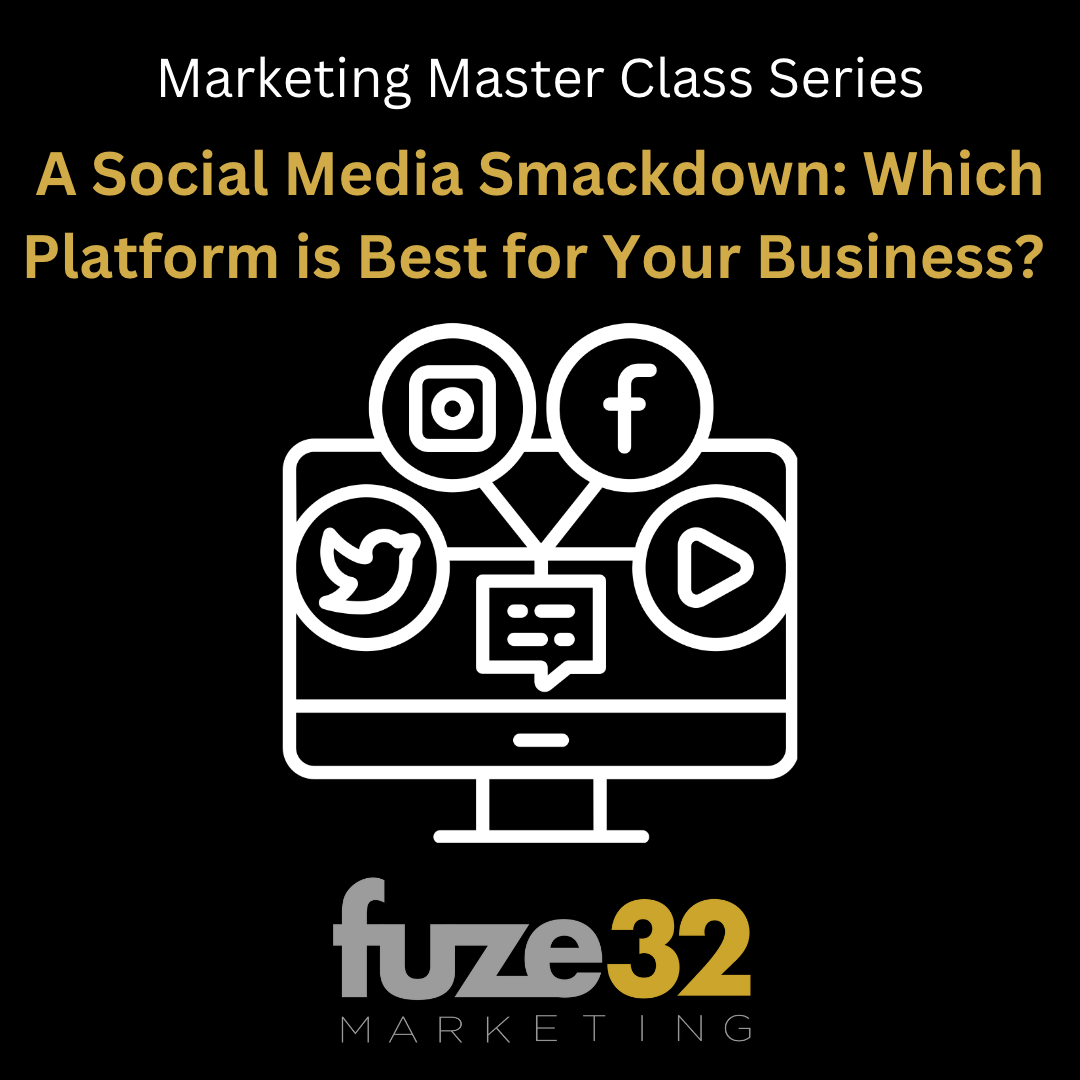
The idea of seeing your brand on TV is alluring. It has been the pinnacle of advertising for decades, a signal that a business has truly arrived. But for most small and medium-sized business owners, that dream has always been just out of reach, blocked by astronomical costs and fuzzy results. Today, the landscape has changed. Connected TV (CTV) and YouTube Ads have brought the power of video advertising to businesses of all sizes.
The fantasy is simple: "Be on TV." The reality, however, is a complex world of budgets, targeting, creative production, and the number one anxiety for any marketer, attribution. How do you prove it is actually working? If you're wondering whether CTV is viable for your business or if you can really get a return on investment from YouTube with a small budget, you are asking the right questions.
Key Takeaways
- Start with YouTube: Use YouTube Ads as your proving ground. Its precise targeting, lower entry costs, and clear attribution make it the perfect place to test your video creative, offers, and audience hypotheses before scaling.
- Use CTV for Reach: Once you have a winning formula on YouTube, layer in Connected TV (CTV) to expand your reach and capture attention in the living room. CTV is a powerful brand-building tool that drives incremental lift.
- Measurement is Different, Not Impossible: Don't expect direct clicks from CTV. Measure its success through site traffic lift, increases in branded search queries, QR code scans, and matched market tests. Track YouTube meticulously from view to booked call using UTMs and analytics.
- Budget Smartly: You can start testing video ads with a modest budget. Begin with a few thousand dollars on YouTube to find what works, then strategically reallocate funds to CTV for broader impact. It is not about a massive initial investment; it is about smart, phased scaling.
This guide provides clear answers. We will outline actionable strategies, explain how to buy ad space without getting taken for a ride, and show you how to measure lift when a simple click does not exist. Let's demystify video advertising and give you a roadmap to success.
|
Feature |
Connected TV (CTV) |
YouTube Ads |
|
Primary Goal |
Brand awareness, reach, incremental lift |
Lead generation, direct response, audience testing |
|
Environment |
The living room TV screen; premium, non-skippable |
Desktop, mobile, and TV screens; often skippable |
|
Targeting |
Household-level (IP, geography, data segments) |
User-level (demographics, interests, search history) |
|
Attribution |
Site lift, branded search, QR codes, geo-tests |
Direct clicks, view-through conversions, UTM tracking |
|
Budget Entry |
Moderate; best after proving creative |
Low; ideal for initial testing and validation |
Is CTV Viable for SMBs, or Just Hype?
The question echoes across forums and marketing groups: "Is CTV even viable for SMBs?" Business owners want to know which platforms to use, how to produce the ads, and most importantly, if it actually performs. The excitement around CTV is real, but so are the challenges. Its greatest strength is its ability to command attention in a premium, lean-back environment, the living room TV. Unlike a mobile ad that is easily scrolled past, a CTV ad is a full-screen, captive experience.
However, this is also where its primary struggle for performance marketers lies. The path from a view on a television to a website visit or a phone call is not a straight line. There is no "click here" button on most TV screens. This makes direct attribution, the kind you get from search or social ads, incredibly difficult. For many SMBs, this lack of a clear click-path is a major source of anxiety. If you cannot prove return on investment, how can you justify the spend?
This is where managing expectations becomes critical. CTV is not typically a direct response channel. It is a brand-building and demand-generation engine. Its job is to make your brand the first one people think of and search for when they need your service. A realistic test budget to gauge its impact might start in the $5,000 to $10,000 per month range, focused on measuring lift in other channels, not direct conversions.
YouTube Ads: The Controllable On-Ramp to Video
If CTV’s attribution model makes you nervous, there is a better place to start: YouTube. Think of YouTube Ads as your video advertising laboratory. It is the perfect, budget-friendly proving ground to test everything before you commit to a larger CTV campaign.
What makes YouTube so ideal for a business new to video? First, the targeting is incredibly precise. You can target users based on their search history, the videos they watch, their demographics, and their specific geographic location, down to the zip code. This allows you to get your message in front of a highly relevant audience without wasting money on unqualified viewers.
Second, the formats are flexible and cost-effective. Skippable in-stream ads mean you only pay when a user watches a significant portion of your ad or interacts with it. This built-in filter ensures your budget is spent on engaged prospects. You can test different video lengths, from short 6-second bumpers to longer 30-second spots, to see what resonates without a massive upfront commitment. If you have never run video ads before, start here. The learning curve is manageable, and the data you gather will be invaluable for all your future video marketing efforts.
How and Where to Buy CTV as an SMB
Once you have validated your creative and audience on YouTube, you might be ready to scale your reach with CTV. But where do you buy it? The options can be confusing. You can go directly to a publisher like Hulu, use a Demand-Side Platform (DSP) to access a wide range of inventory, or work with an agency aggregator that bundles services for you.
However, you must be vigilant. A major red flag to watch for is any platform promising "direct response CTV" and then delivering reports filled with banner ad conversions. Some less-than-reputable providers will bundle display or banner ads into your "CTV" campaign and attribute banner clicks to the overall results. This inflates performance metrics and misrepresents the true impact of your TV ads. True CTV performance is measured by its influence, not misleading click-through rates from supplementary ad formats.
Creative: Length, CTA, and QR Code Best Practices
The creative that works on YouTube does not always translate perfectly to CTV, and vice versa. On YouTube, you have about five seconds to hook the viewer before they can hit "skip." This favors short, punchy ads of 6 to 15 seconds or ads with a powerful opening. For CTV, the environment is different. Viewers are more accustomed to traditional commercial breaks, so 15 and 30-second spots are the norm. You have more time to tell a story.
A simple and effective storyboard for an SMB offer follows a clear arc: identify the customer's problem, show how your service provides the solution (with proof), present a clear and compelling offer, and end with a strong call to action.
QR codes have emerged as a popular tool to bridge the attribution gap on CTV. When should you use them? A good rule of thumb is to test the offer and creative on YouTube first. If you can get people to click a link to your landing page on YouTube, there is a good chance they will be motivated enough to scan a QR code from their TV screen. Place the QR code in a corner of the screen for the duration of the ad to give viewers ample time to scan it without being intrusive.
Targeting Like a Pro Without Wasting Money
Effective targeting is the key to avoiding wasted ad spend. YouTube offers granular user-level targeting, while CTV focuses more on household-level data. On YouTube, you can leverage in-market segments to reach people actively researching your services, use first-party data by uploading customer lists, and even target people who have searched for specific keywords on Google.
On CTV, targeting is often based on geography, third-party data segments (like household income or presence of children), and IP address information. While you may not be able to target an individual user as precisely as on YouTube, you can still effectively reach relevant households in your service area.
For businesses with smaller budgets, two things are crucial: frequency caps and brand safety. A frequency cap limits the number of times a single person sees your ad in a given period. This prevents ad fatigue and ensures your budget is spread across a wider audience. Brand safety controls ensure your ads do not appear alongside inappropriate or off-brand content, protecting your company's reputation.
Attribution That Won’t Gaslight Your CFO
"How do I prove this is working?" It is the most important question you will ask. With YouTube, the answer is straightforward. You can track the entire user journey. By using UTM parameters on your landing page URLs, setting up conversion goals in Google Analytics 4, and implementing call tracking, you can see exactly which video ads are driving website visits, form submissions, and phone calls. You can connect this data directly to your CRM to track a lead from the initial ad impression all the way to a closed sale.
Attribution for CTV requires a different mindset. Since there are few clicks, you must measure its influence indirectly. Here are the key methods:
- Site Lift Analysis: Compare your website's direct and organic traffic in the weeks during your campaign to the period before it started. A significant increase is a strong indicator that the CTV ads are driving awareness.
- Branded Search Lift: Monitor the volume of people searching for your company name on Google. CTV is excellent at driving name recognition, which translates into more people searching for you directly.
- QR Code Scans: If you use a QR code, track the number of scans and the conversion rate from that specific landing page.
- Call Volume: Track inbound calls to see if there is an uptick that correlates with your campaign flight dates.
Avoid partners who claim to offer perfect CTV attribution but are really just counting display ad clicks. Real CTV measurement is about looking at the entire marketing ecosystem and seeing the lift.
Budgets and Phasing: How to Start Small and Scale Smart
You do not need a national brand’s budget to get started. A smart, phased approach is the best way to enter the world of video advertising.
- Starter Plan ($2,500/month): Dedicate this entire budget to YouTube Ads. The goal is singular: find a winning combination of creative, audience, and offer. Test at least two different video ads and two distinct audiences. Track everything meticulously.
- Growth Plan ($5,000/month): Allocate around $3,500 to your now-proven YouTube campaign to drive consistent leads. Use the remaining $1,500 to begin your first test on CTV. Focus on a narrow geographic area and track for lift in branded search and direct website traffic.
- Scale Plan ($10,000+/month): With a proven model, you can now balance your spend. Perhaps you allocate $5,000 to YouTube for steady lead flow and $5,000 to CTV to expand your brand's reach and dominate your local market's share of voice.
The key is to use YouTube to de-risk your investment in CTV. Once you know what message works, you can confidently put it on the big screen. Over time, you can compare the cost-per-acquisition and return on ad spend from each channel to find the optimal mix for your business.
NOTE: Include Budget for Video Production: Investing in quality video production is essential to maximize the effectiveness of your YouTube and CTV campaigns. High-quality videos capture attention, convey professionalism, and help build trust with your audience, setting your business apart from competitors.
Investing in top-tier video production isn't merely an expense; it's a strategic investment in your entire marketing ecosystem. These aren't just ads for one platform; they become powerful, versatile assets that can elevate your social media presence, enrich your website content, and sharpen your email campaigns. This ensures a consistent, compelling brand message that resonates across every channel, unifying your marketing efforts and maximizing reach.
Set Up & Policy Tripwires to Avoid
Nothing is more frustrating than having your campaign stalled by a policy flag or a simple setup error. For small accounts, the most common mistakes are overly broad targeting and a disorganized account structure. Keep your ad groups tightly themed around one service and one audience.
On platforms like Google Ads, policy pitfalls are common. Misleading claims, unusual capitalization, or making guarantees you cannot keep ("We guarantee you'll be pest-free forever!") can get your ads disapproved. Another frequent issue is a mismatch between the ad and the landing page. Ensure your offer is clearly stated on the page the user lands on. Taking the time to read the advertising policies and double-check your setup can save you significant headaches and prevent your budget from being wasted on a campaign that never gets a chance to run.
Stepping into the world of YouTube or Connected TV (CTV) advertising can feel daunting at first, but the opportunities for growth and customer connection are unmatched. These platforms allow you to showcase your services, build trust, and reach highly targeted local audiences in a way that other channels simply cannot. By adhering to best practices and crafting clear, compelling campaigns, you're setting the foundation for success in a competitive market. If you're ready to take your pest control business to the next level but need guidance, fuze32 Marketing is here to help you every step of the way. Contact us today to start building a smarter, more effective advertising strategy!
Frequently Asked Questions (FAQ)
How do I track a YouTube video view to a booked consultation?
This requires a connected tracking system. First, ensure every URL in your YouTube ad uses UTM parameters to identify the source, campaign, and ad creative. Second, set up conversion goals in Google Analytics 4 to track key actions, like form submissions or "book a call" button clicks. Third, use dynamic number insertion from a call tracking provider. This shows a unique phone number to users from your ads, attributing inbound calls directly back to the specific YouTube campaign that drove them.
Can I get performance from CTV without a national-level spend?
Yes, absolutely. The power of CTV for SMBs lies in its geographic targeting capabilities. You can limit your ad delivery to specific zip codes, cities, or designated market areas (DMAs) relevant to your service area. This allows you to run a highly efficient campaign, reaching only relevant households. Performance is not measured in direct clicks, but in the lift in local brand awareness, website traffic from your target geos, and inbound call volume.
How long should my video ad be?
It depends on the platform and goal. For YouTube, where you must earn attention, start with a strong 6-second bumper ad or a 15 to 30 second skippable ad that has a powerful hook in the first 5 seconds. For CTV, where viewers are more accustomed to commercial breaks, 15 and 30 second ads are standard. You have more time to develop a narrative. A 45-second ad can work if the story is exceptionally engaging, but it is often best to prove your core message in a shorter format first.



.webp)

